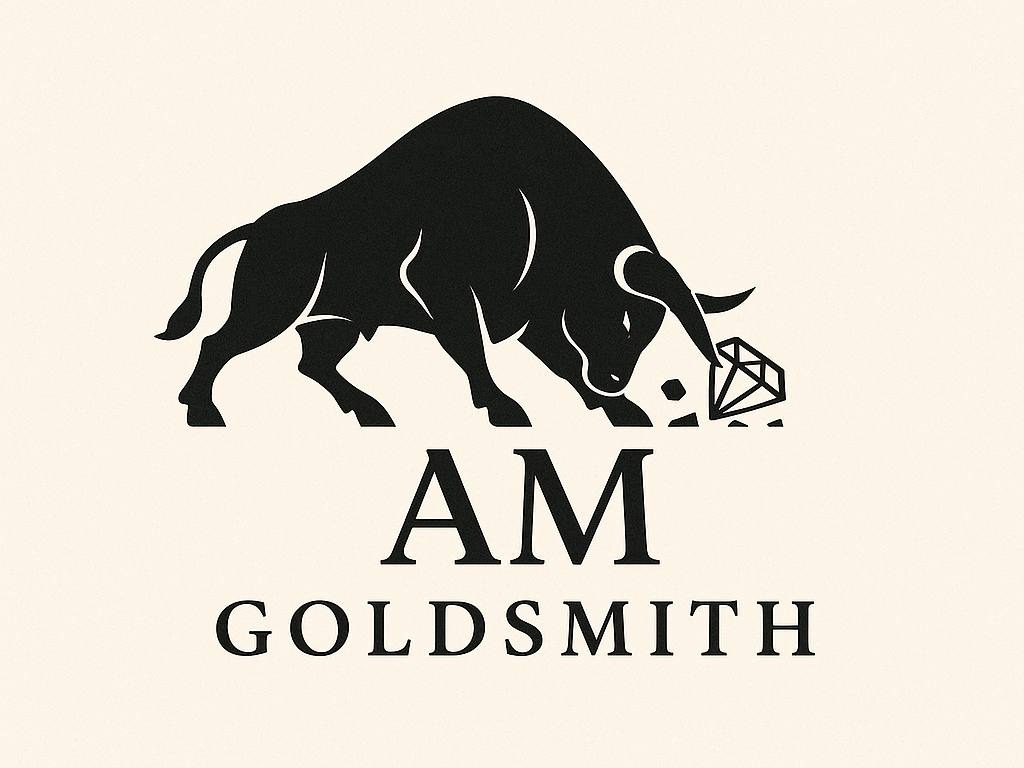On January 1, 2023, a new tax-sheltered account was introduced in Canada—the First Home Savings Account (FHSA), designed to support those who dream of buying their first home. For Calgary residents, the FHSA opens up new opportunities to save for a down payment without unnecessary tax expenses, while combining the best of the two existing accounts: TFSA and RRSP. However, the FHSA has its own features, limitations, and advantages that make it radically different from the TFSA and RRSP and require a deep understanding to use it most effectively.
The purpose of creating the FHSA
From the outset, the FHSA was conceived as a tool to help millions of Canadians, including those living in Calgary, enter the real estate market. Given rising housing prices and the need for a large down payment (often 5-20% of the cost of an apartment or house), accumulating deferred taxes in an RRSP or tax-free growth in a TFSA may not be sufficient or convenient. The FHSA combines the tax advantages of both: contributions are tax-deductible, as with an RRSP, and withdrawals (for the purpose of purchasing a first home) are tax-free, as with a TFSA.
Before the FHSA, Canadians had two options for saving for their first home. The first was the RRSP, or more specifically its Home Buyers' Plan (HBP) subprogram, which allows a one-time withdrawal of up to $35,000 from an RRSP without tax consequences, provided the funds are repaid within 15 years. The disadvantage of the HBP was that the RRSP withdrew funds from the account, depriving it of potential growth and forcing annual repayments, which permanently reduced the RRSP's contribution space. The second was the TFSA, which offered complete withdrawal flexibility, but TFSA contributions were not tax-deductible, which quickly reduced the overall potential for large savings.
The FHSA emerged as a direct response to these shortcomings: contributions to increase retirement savings are not required, but they do provide a tax deduction today, and withdrawals specifically for the purchase of a first home remain tax-free. It is a new tool that combines the flexibility of a TFSA with the tax benefits of an RRSP for the purpose of purchasing a home.
FHSA mechanics: contributions, withdrawals, and limits
The FHSA allows every Canadian resident between the ages of 18 and 71 to contribute up to $8,000 per year, up to a maximum of $40,000 over the lifetime of the account. Contributions are deducted from your taxable income, reducing your tax at the annual marginal rate, just like an RRSP. Throughout the growth period, capital, dividends, and any investment income are held tax-free, similar to other registered accounts.

When it's time to buy your first home, you can withdraw up to the entire amount of your savings at once without any tax consequences, provided you use the funds to purchase or build your first home. After the withdrawal, you can close the account or, if there is unused space remaining, leave it open for up to 15 years from the date the FHSA was opened. If you have not purchased a home within 15 years, you have two options: transfer the funds to an RRSP without deducting contributions (i.e., convert the invested amounts to an RRSP) or withdraw them as ordinary income, which will be subject to taxation.
Thus, the FHSA requires a little more planning than the TFSA: you have to determine when and how you will withdraw funds to purchase your first home in order to take advantage of the tax benefits. But for anyone who can clearly define their home purchase timeline within the next 15 years, an FHSA can be a powerful tool for rapid accumulation without losing accumulated growth and taxes.
Comparison with TFSA and RRSP
Although the FHSA combines elements of the TFSA and RRSP, there are several key differences:
- Tax deduction on contributions
- RRSPs and FHSAs provide a tax deduction on your contributions, reducing your tax bill today.
- TFSAs do not provide any tax deduction on contributions.
- Tax treatment of withdrawals
- TFSAs and FHSAs allow tax-free withdrawals.
- RRSP withdrawals are treated as taxable income.
- Purpose of withdrawals
-
FHSA tax-free withdrawals are only available for the purchase of a first home.
-
TFSA tax-free withdrawals are possible for any purpose.
-
RRSP withdrawals are taxable, but HBP allows you to withdraw up to $35,000 tax-free for the purchase of your first home, with mandatory annual repayment.
 Astropsychologist
Astropsychologist
- Contribution limits
-
TFSA: $7,000 per year, cumulatively up to $102,000 (unused limits roll over).
-
RRSP: 18% of income up to a maximum of $32,490 (2025), taking into account pension adjustment.
-
FHSA: up to $8,000 per year, maximum $40,000 for the entire term.
- Flexibility and term
-
TFSA: no age restrictions or mandatory withdrawals.
-
RRSP: mandatory conversion to RRIF by age 71 and minimum RRIF withdrawals each year.
-
FHSA: 15-year activity period from the date of opening; mandatory closure or transfer of unused funds after this period.
 AM Goldsmith
AM Goldsmith
For whom is the FHSA the optimal tool?
For Calgary residents who plan to purchase their first home within 15 years, the FHSA combines the best tax advantages of RRSPs and TFSAs for this specific purpose. It allows you to:
- Combine tax savings from contributions (like RRSPs) and tax-free withdrawals (like TFSAs).
- Accumulate funds as quickly as possible at high interest rates without losing the ability to withdraw contributions.
- Avoid HBP restrictions on annual contribution returns and RRSP limit reductions.
- Maintain TFSA flexibility for any other expenses and emergencies separately.
The FHSA is ideal for young professionals in Calgary who are just starting their careers, have variable or growing incomes, and can clearly plan to purchase their first home in the next few years. For example, if you start working for an energy company in Calgary in your 30s with the goal of buying an apartment in your late 30s, an FHSA will allow you to quickly accumulate a tax-optimized down payment.
When TFSA or RRSPs are still the best option
Despite all the advantages of the FHSA, it is not the best option for everyone:
-
If you do not plan to buy your first home in the next 15 years or already own a home, the FHSA may be unnecessary.
-
If your main priority is retirement savings rather than your first home, RRSPs and TFSAs remain the primary tools. RRSPs offer immediate tax relief on high incomes, while TFSAs provide absolute flexibility in accessing funds.
 Ukrainian Mechanic
Ukrainian Mechanic -
If you need maximum flexibility in withdrawing funds without restrictions on the purpose, TFSA remains unbeatable.
A practical example for a Calgary resident
Let's imagine that Katerina, 28, has just started working for an engineering firm in Calgary with an annual income of $85,000. She dreams of buying her first apartment for $350,000 in 5 years. If she invests $8,000 each year in an FHSA, in 5 years she will have accumulated $40,000 (excluding growth), which is enough for a minimum 10% down payment. Since the contributions are tax-deductible, Katerina reduces her tax bill by about $2,880 each year (36% × $8,000). When she withdraws the $40,000 to buy a home, she will not pay any taxes and will not lose her contribution room for other accounts. All investment growth will also be tax-free.
If Katerina is unsure about when she will buy a home or wants to have access to funds for other purposes, she can split her contributions: $5,000 in an FHSA for her first home, $2,000 in a TFSA as an emergency fund, and, if possible, additional contributions to an RRSP for retirement savings. This way, she optimizes her tax benefits and maintains flexibility.
Conclusion
The FHSA is a powerful new tool for those looking to buy their first home in Calgary. It combines the benefits of an RRSP and a TFSA, providing tax-deductible contributions and tax-free withdrawals entirely for the purpose of buying a first home. At the same time, it has restrictions on the term (15 years) and the purpose of the withdrawal. For those who have a clear plan to buy a home in the coming years, the FHSA may be the best choice. For those who are more focused on long-term retirement savings or need absolute flexibility, the TFSA and RRSP remain indispensable tools.